I'm working on a personal project where I'm looking at IMDb movie ratings across a group of friends. I am trying to create a fact table that has each movie and the ratings for each rater for each movie (NULL if no rating).
Here is what I'm currently dealing with:
There are 7 raters: Alex, James, Walker, Mitchell, Robbie G., Robbie A., and Jacob. Correct me if this form is wrong, but I'd like to have 7 columns, one for each rater. This way Movie IDs would be distinct. I'm trying to visualize this in Power BI and I need Movie IDs to be distinct.
Another issue is with the DateCreated attribute. How would I deal with this? Add 7 more columns for each MovieID?
Here's what I currently have that isn't working:
SELECT [MovieID]
,[Rater]
,[UserRating]
,[DateCreated]
FROM [IMDbRatings].[dbo].[vetl_fUserRatings]
PIVOT([UserRating] FOR [Rater] IN(Mitchell,Walker,James,Alex,Jacob,Robbie A.,Robbie G.)) as x
